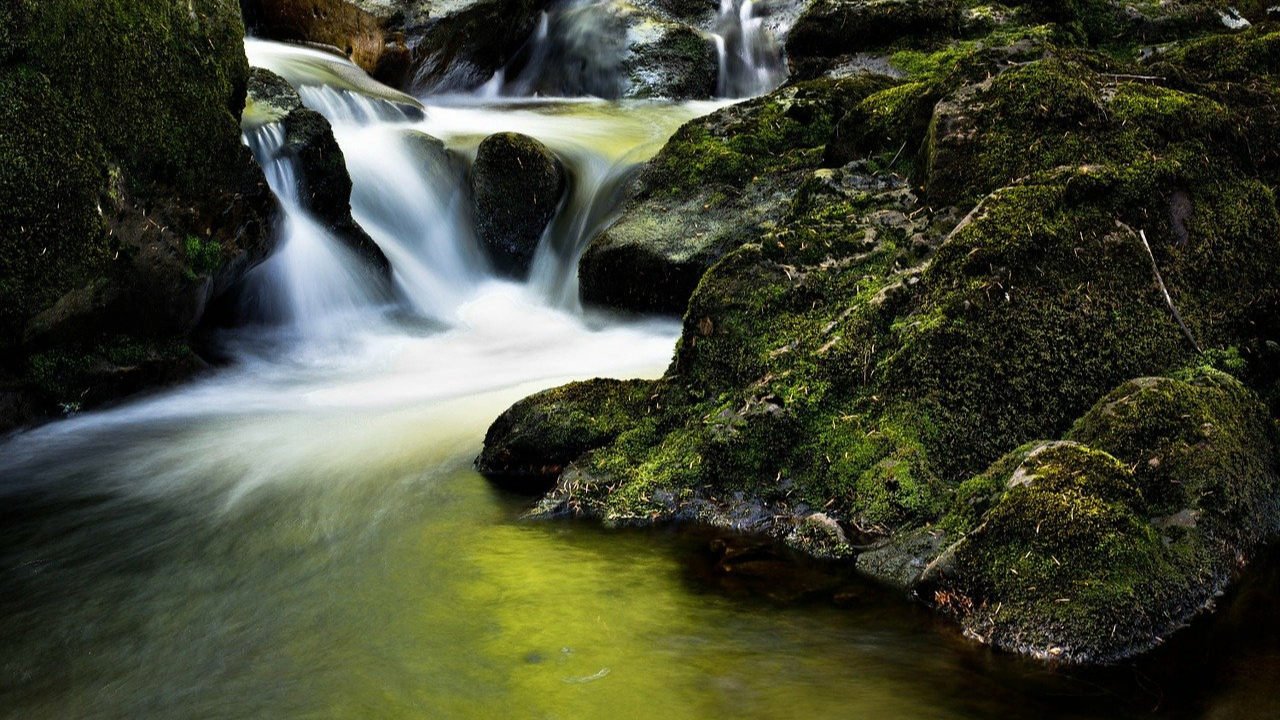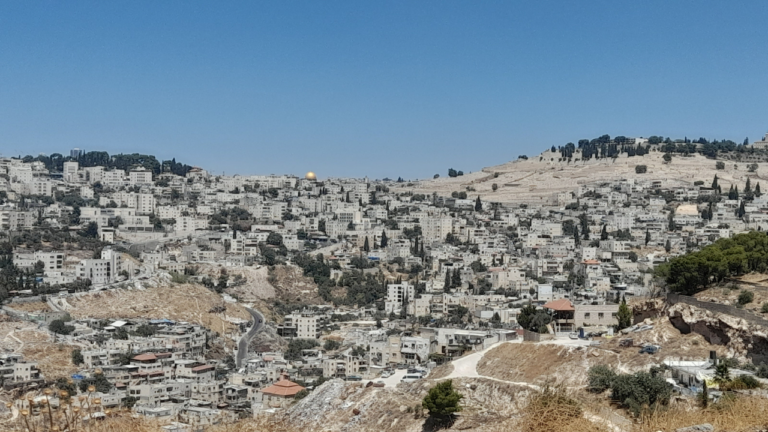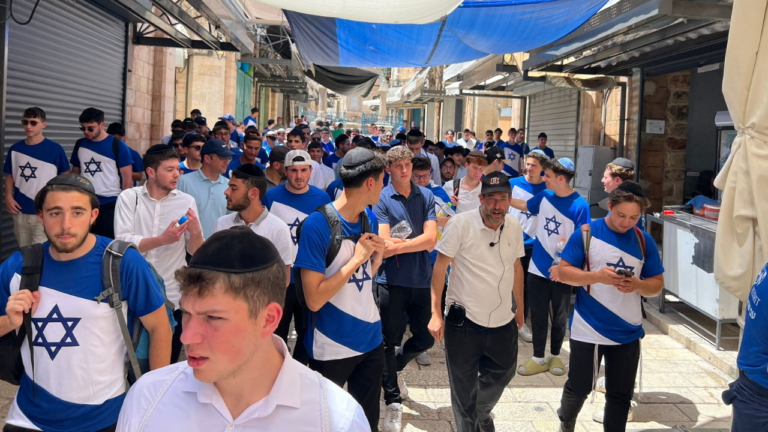The Waters of Jerusalem
An observant Jew washes his or her hands many times throughout the day: upon waking up in the morning, before prayers, before eating bread, after using the bathroom, etc. The rabbinic term for this process is “netilat yadayim.” Despite the ubiquitous nature of this name, at first glance it does not seem to fit the process of washing hands. A literal translation of “netilat yadayim” is “taking of the hands.” What does this mean? Would not “shetifat yadayaim” – “the washing of the hands” be a better name?
A similar question was asked to Rav Shrirah Gaon. He responded as follows:
There was a utensil in the Beit HaMikdash which was called “natla.” From it they would take from the waters of the Kiyor and pour it over their hands. Our referring to netilat yadayim comes from this vessel.
In other words, the source of this strange phrase is the process delineated in this week’s parsha: the kohen washing his hands and feet from the water of the kiyor before doing any form of service in the Beit HaMikdash. This washing was apparently done with a “natla” and therefore our washing is referred to in the Talmud as “netilat yadayim.”
In other words, the name of this basic Jewish practice that we perform multiple times daily of handwashing stems from the Beit HaMikdash. What is the meaning of this? Why not prefer a more accurate name?
It seems that through the choice of the term “netilat yadayim” the Rabbis were trying to inject the purity of the Beit HaMikdash into our daily living. Even as each form of handwashing has a different and unique source, the fact that the name for all of them stems from the specifics of the Kiyor links all handwashing that we do to the memory and desire for the purity and sanctity of the
Beit HaMikdash. In a sense, we are drawing the water from the Beit HaMikdash to the rest of the world.
This extending of the pure waters of the Beit HaMikdash to rest of the world goes through Yerushalayim. It is a city that is at once an extension of the Beit HaMikdash and also a metropolis, a city which straddles sanctity and mundanity. Yerushalayim, therefore, is the portal that connects the Beit HaMikdash with the outside world.
The role of Yerushalayim in the spreading of the Beit HaMikdash’s waters is highlighted by the literal rivers which will emerge in the End of Days. In the book of Yechezkel we read that in the end of days water will emerge from the Beit HaMikdash which will touch a large swath of the Land of Israel. This water will bring blessing, purity and healing to whatever it touches.
The book of Zecharia has a similar description about this water. But it emphasizes that this water will come through Yerushalayim:
In that day, fresh water shall flow from Yerushalayim, part of it to the Eastern Sea and part to the Western Sea, throughout the summer and winter. And God shall be king over all the earth; in that day there shall be one God with one name.
Here, the water which begins in the Beit HaMikdash will “flow from Yerushalayim” to the rest of the Land. It is this expansion of the Beit HaMikdash through Yerushalayim which will help bring about the messianic reality.
Every time we wash netilat yadayim, let us think about the purifying waters of the Beit HaMikdash which reaches us through Yerushalayim.



